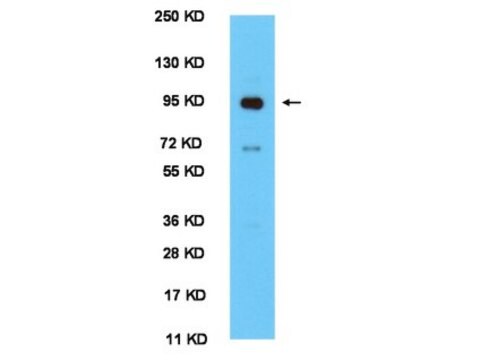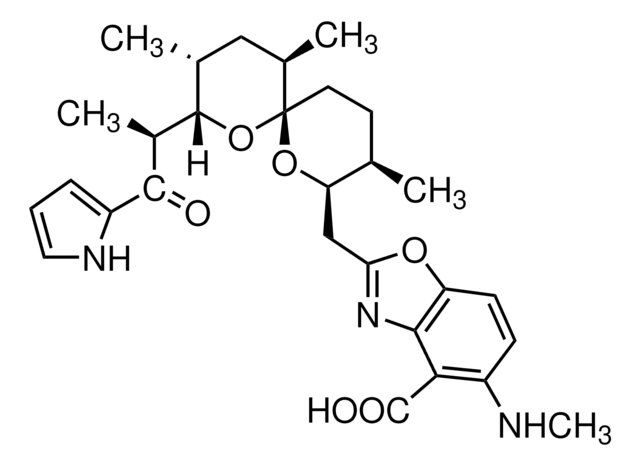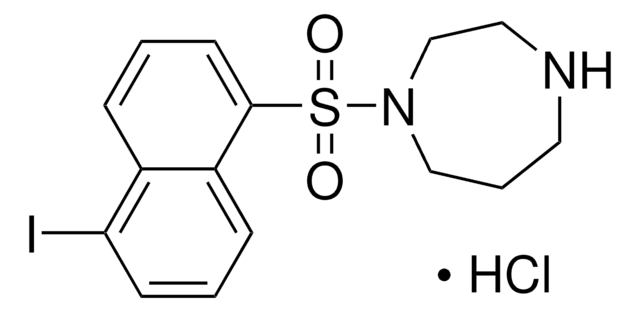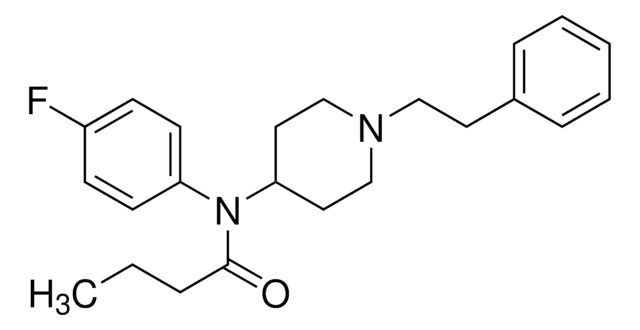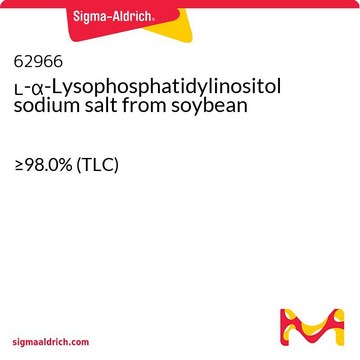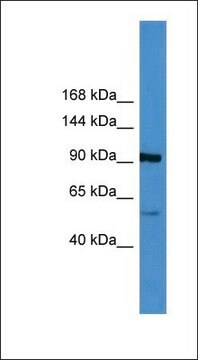L7260
Oleoyl-L-α-lysophosphatidic acid sodium salt
≥98%, solid
Sinónimos:
1-Oleoyl-sn-glycerol 3-phosphate sodium salt, 3-sn-Lysophosphatidic acid, 1-oleoyl sodium salt, LPA sodium salt
About This Item
Productos recomendados
Ensayo
≥98%
Formulario
solid
color
white
tipo de lípido
phosphoglycerides
temp. de almacenamiento
−20°C
cadena SMILES
O[C@](COP([O-])(O)=O)([H])COC(CCCCCCC/C=C\CCCCCCCC)=O.[Na+]
InChI
1S/C21H41O7P.Na.H/c1-2-3-4-5-6-7-8-9-10-11-12-13-14-15-16-17-21(23)27-18-20(22)19-28-29(24,25)26;;/h9-10,20,22H,2-8,11-19H2,1H3,(H2,24,25,26);;/b10-9+;;
Clave InChI
CHJOEWDRTPWOCY-TTWKNDKESA-N
¿Está buscando productos similares? Visita Guía de comparación de productos
Descripción general
Aplicación
- for the activation of Ras homolog gene family, member A (RhoA) and expression of claudin-1 in human breast cancer epithelial cell line
- in RH7777 cells for cyclic adenosine monophosphate (cAMP) accumulation assay and calcium mobilisation assay
- in vitro luciferase assay and live-cell imaging
Acciones bioquímicas o fisiológicas
Características y beneficios
Precaución
Nota de preparación
Código de clase de almacenamiento
11 - Combustible Solids
Clase de riesgo para el agua (WGK)
WGK 3
Punto de inflamabilidad (°F)
Not applicable
Punto de inflamabilidad (°C)
Not applicable
Equipo de protección personal
Eyeshields, Gloves, type N95 (US)
Elija entre una de las versiones más recientes:
¿Ya tiene este producto?
Encuentre la documentación para los productos que ha comprado recientemente en la Biblioteca de documentos.
Los clientes también vieron
Nuestro equipo de científicos tiene experiencia en todas las áreas de investigación: Ciencias de la vida, Ciencia de los materiales, Síntesis química, Cromatografía, Analítica y muchas otras.
Póngase en contacto con el Servicio técnico

